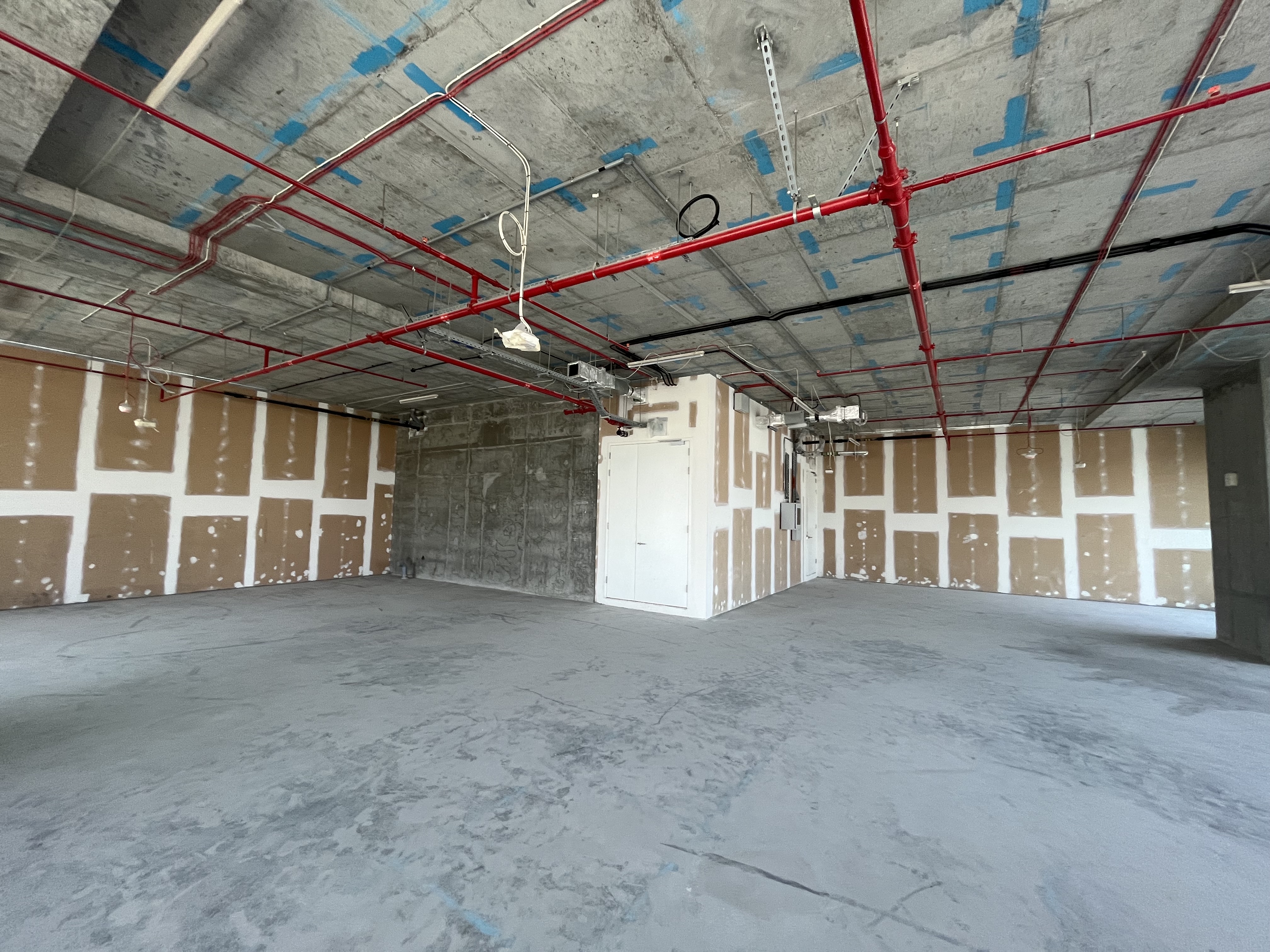Inspirational journeys
Follow the stories of academics and their research expeditions
Understanding Schedule of Payment clause in the Construction Industry: Clause 14.3 of the FIDIC Contract

Today, we are going to dive into Clause 14.4 of the FIDIC Red Book 2017, which
is referred to as the Schedule of Payments. But before we get into the
specifics of this clause, let me explain you what a schedule of payments
means in the context of construction projects.
As you may already know, construction projects often span
long durations—sometimes months, even years—with hundreds of activities
involved in completing the work. Now, when it comes to payments, there are two
important aspects to keep in mind:
- The
client wants to pay only for the work that has been completed.
- The
contractor, on the other hand, aims to maximize cash flow to cover
expenses and generate profit.
The schedule of payments is not tied to monthly
cycles. Instead, it is linked directly to milestones. So, what are
milestones in construction?
Let’s take the example of a building project. Both the
client and the contractor agree on specific milestones, such as the completion
of the substructure or foundation. Once this milestone is achieved, the
contractor is entitled to submit a payment request for that particular portion
of the work.
For instance, once the foundation is completed, the
contractor submits a detailed progress report, along with the associated costs.
The client then reviews and certifies the payment for that milestone,
regardless of how much time has passed since the last payment—whether it’s been
a month, a few weeks, or even several months.
Now, let’s look at what Clause 14.4 says:
This clause applies only if the contract includes a schedule
of payments. It’s not a mandatory clause, meaning the contract parties can
choose whether to include it. If a schedule of payments is part of the
contract, the following four key points need to be considered:
- Installments
are estimates: The amounts specified in the schedule are considered
estimated values for interim payments, not the actual amounts.
- Clause
14.5 on Plant and Materials does not apply: We’ll discuss Clause 14.5
in more detail later, but for now, just know that it doesn’t apply when a
schedule of payments is in place.
- Installments
are not tied to actual progress: The installments may not perfectly
reflect the contractor's actual progress, but any differences should be
minor. If there is a significant difference, the engineer has the
authority to revise the payment based on actual progress.
- If
no schedule is included: If the contract doesn’t specify a payment
schedule, the contractor is required to provide an estimated payment
schedule for every three-month period. The first estimate is due 42 days
after the start date, and revised estimates must be submitted every three
months.
Finally, if no agreement is made on payment schedules, FIDIC
provides a default timeline to ensure payments are made at regular intervals,
reducing the administrative burden on both parties.
I hope this explanation of Clause 14.4 helps you understand the key points of payment scheduling in construction projects. In the next session, we’ll cover Clause 14.5 and discuss how it relates to payments for plant and materials.





Leave a comment